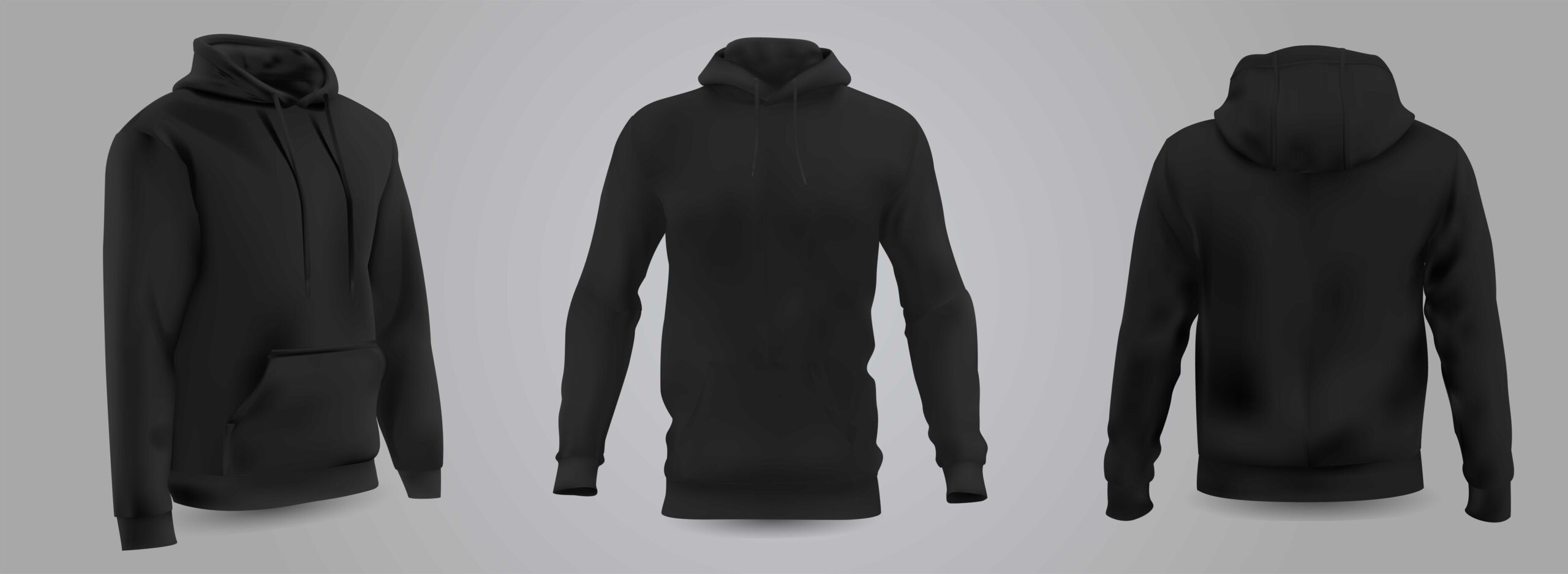
By Linda Massi
4 minute read
Linda Massi By Linda Massi
4 minute read
3D has gone a long way. From colored lens glasses in theme parks in the early 2000s to renderings so vivid it’s hard to tell them apart from real-life photos. In particular, 3D fashion design has been on everyone’s mouth in the past year.
When Covid-19 forced thousands of creatives to swap their drawing boards with kitchen tables, the industry had to find a way to speed up remote collaboration and cut down on losses. Enter 3D fashion design, which has been deemed the solution to an industry-wide problem and the competitive advantage of some of the most forward-thinking brands of today.
But why is 3D fashion design so excellent? Well, the reasons are plenty, but here we give you five.
5 Reasons Why You Should Embrace 3D Fashion Design
- Get to the market faster
- Reduce costs and improve efficiency
- Save the environment
- Use it for digital communication
- Not as hard to implement as you might think
Get to the Market Faster
In an increasingly competitive world, where consumers are demanding more and more and trends pop up and die faster than light travels, gaining market speed is crucial. Using 3D fashion design can help your brand save up to 50% of product development time. When switching to 3D samples, not only do companies turn the waiting weeks into mere rendering minutes, but they are also able to foster collaboration like never before. Suppliers and technicians can be involved in the designing process, no matter where they are in the world, and decisions become faster and more straightforward.
Reduce Costs and Improve Efficiency
Reducing samples with 3D fashion design also means cutting out a significant part of expenses. Samples are astonishingly costly, accounting for a big chunk of development costs, meaning that switching to 3D could leave your brand with more resources to allocate to innovation and creativity. But that’s not all. Using 3D fashion design can also reduce the number of sales trips, as garments can now be examined over a screen.
Save the Earth, One 3D Fashion Design at A Time
We all know it: fashion is detrimental to the environment. 3D is another way for companies to slash their carbon footprint while maintaining a competitive advantage. Just by cutting down real-life sampling, companies could reduce the amount of fabric wasted and lower transport carbon emissions. When working with 3D fashion design, online collaboration is easy and fast. Executives and sales representatives can access the latest design wherever they are, avoiding airfare when not strictly necessary.
Get Ready to Enter the Online World
3D fashion design isn’t only for sampling and internal product development. 3D renderings become visual assets that can be leveraged throughout sales, marketing, and merchandising. Whether your company wants to enter wholesale virtual showrooms or access e-commerce faster, a 3D file becomes incredibly versatile.
A Big Transition? Not Necessarily
We know, we know. 3D sounds good but also expensive. If you’re not one of the pioneers in the industry, completely changing the way you work could feel daunting and simply too much of an investment, despite the benefits it might have for your company. However, the transformation doesn’t have to be so drastic. Brands can now outsource their 3D fashion design, a great way to test the waters before diving in. What is more, if you’re already working with a PLM and your product data is entirely digitalized, the transition to 3D might be easier than you expect.
Now that you know why you should embrace 3D fashion design, it’s time to make your choice! Check out our article comparing three of the main 3D software: Optitex, Browzwear, and Clo3D.
If you feel like 3D technology is too advanced for your company, start by discovering the benefits of PLM software for the apparel and fashion industry, and get ready to begin your digitalization journey!